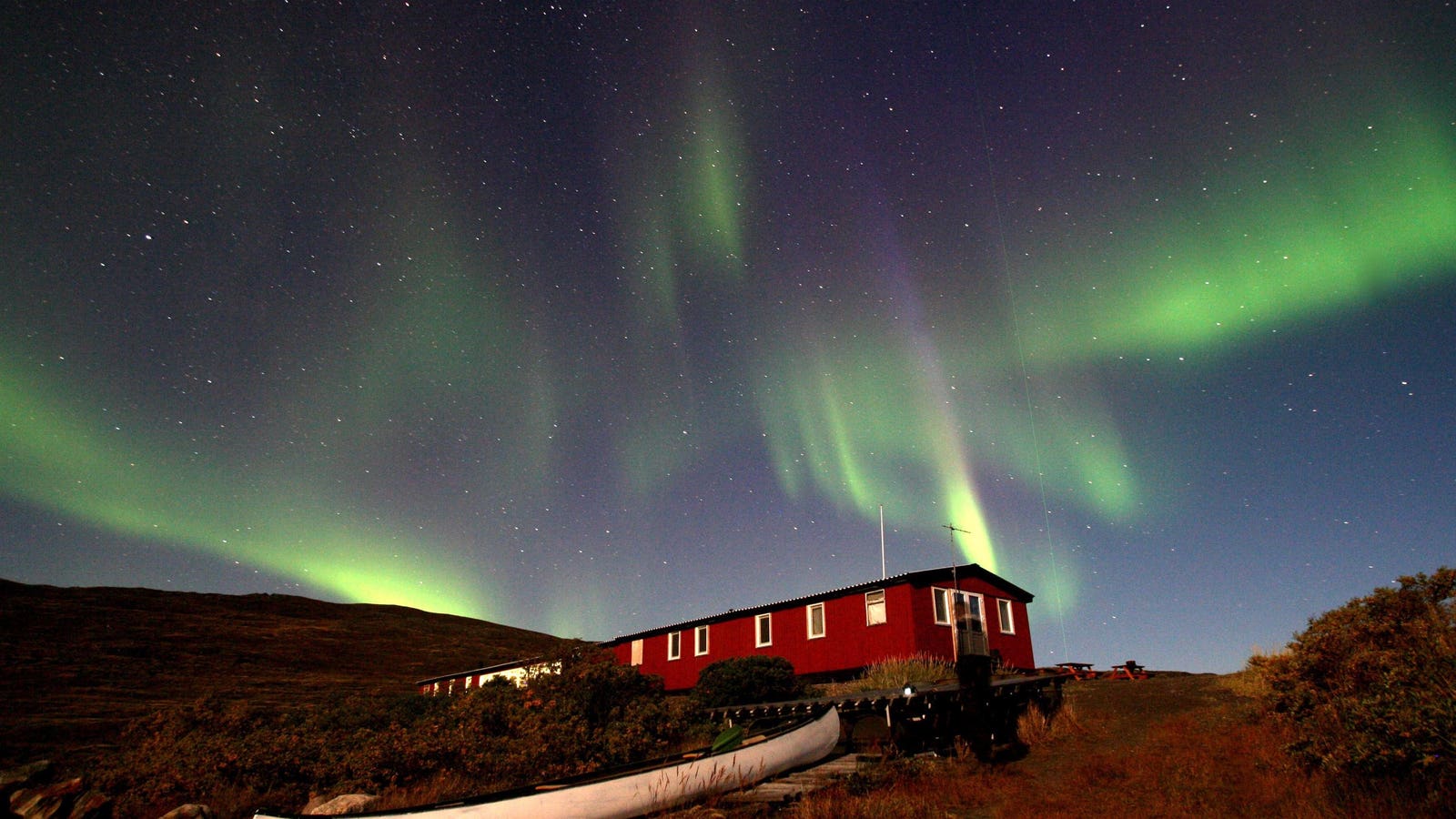
Overview
According to the latest prediction from the National Oceanic and Atmospheric Administration (NOAA), various U.S. states near the Canadian border may experience the beauty of the aurora borealis this Tuesday.
Aurora borealis sightings possible in several border states.
Important Insights
NOAA anticipates a Kp index of three on a scale of nine for Tuesday night, which indicates that the aurora borealis is expected to be “brighter” than usual as it moves away from the poles. This should create a visually stunning experience for viewers in suitable locations. Check out the details in their forecast.
On Wednesday and Thursday, the northern lights are predicted to be less vibrant, with Kp indexes of two for both days, as outlined in NOAA’s three-day forecast.
There’s a possibility of some minor interruptions to radio signals through Friday, particularly affecting high-frequency radios, due to recent solar activity, as noted by NOAA.
Stay Updated with Forbes Breaking News Text Alerts: We are introducing text message alerts to keep you informed about major news stories. To sign up, text “Alerts” to (201) 335-0739 or join us here.
Where Can You View The Northern Lights?
According to NOAA, the northern lights should be visible primarily in Alaska. The view line, which indicates a minimal chance of witnessing auroral activity, stretches just below the Canadian border, suggesting a reduced likelihood for six other states: Washington, Idaho, Montana, North Dakota, Minnesota, Wisconsin, and Michigan. (Refer to the view line below.)
View line for Tuesday night.
Tips for Optimal Northern Lights Viewing
To have the best experience observing the northern lights, find a high spot with minimal light pollution, ideally between 10 p.m. and 2 a.m. local time, as suggested by NOAA.
Best Practices for Photographing the Northern Lights
National Geographic recommends using wide-angle lenses designed for low-light situations, with an aperture or F-stop of four or lower and the focus set to its maximum distance. For smartphone photographers, turning on night mode and disabling flash is advised.
Background Information
Displays of the northern lights reached a remarkable peak not seen in 500 years in 2024, correlating with a “solar maximum” on the sun’s surface, according to NASA. The most significant geomagnetic storm affecting Earth’s magnetic field in the last two decades occurred in May 2024, allowing sightings of the northern lights across all 50 states. Solar events, such as solar flares and coronal mass ejections, release electrons that interact with the Earth’s atmospheric nitrogen and oxygen, causing them to become “excited” before emitting light particles, which creates the enchanting shows of the aurora borealis. NASA predicts that heightened auroral activity will continue into early 2026.
Additional Resources









